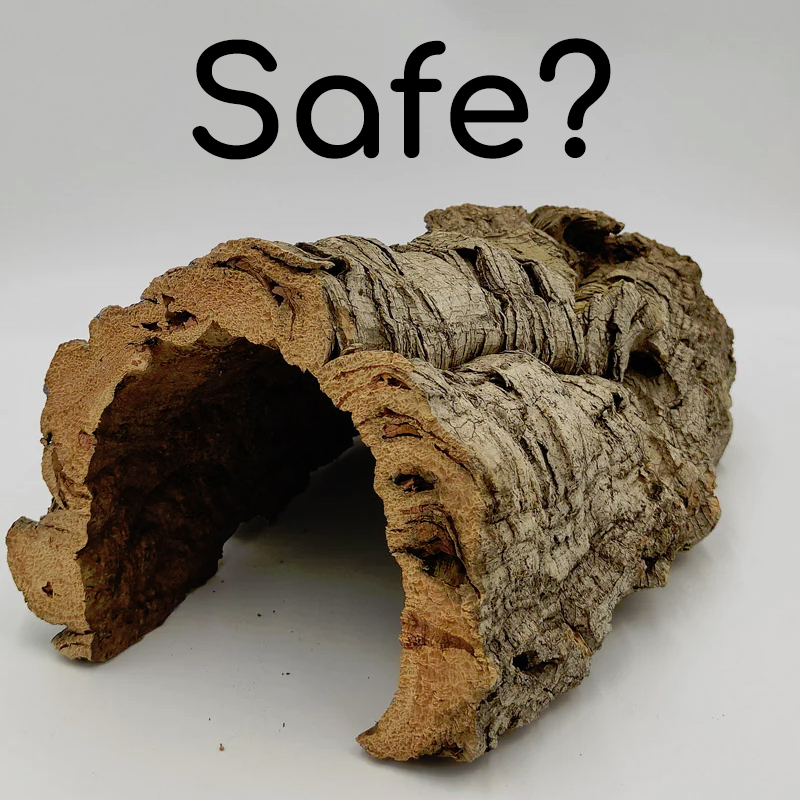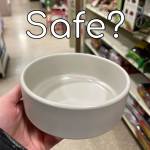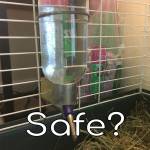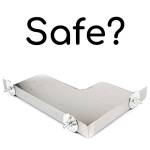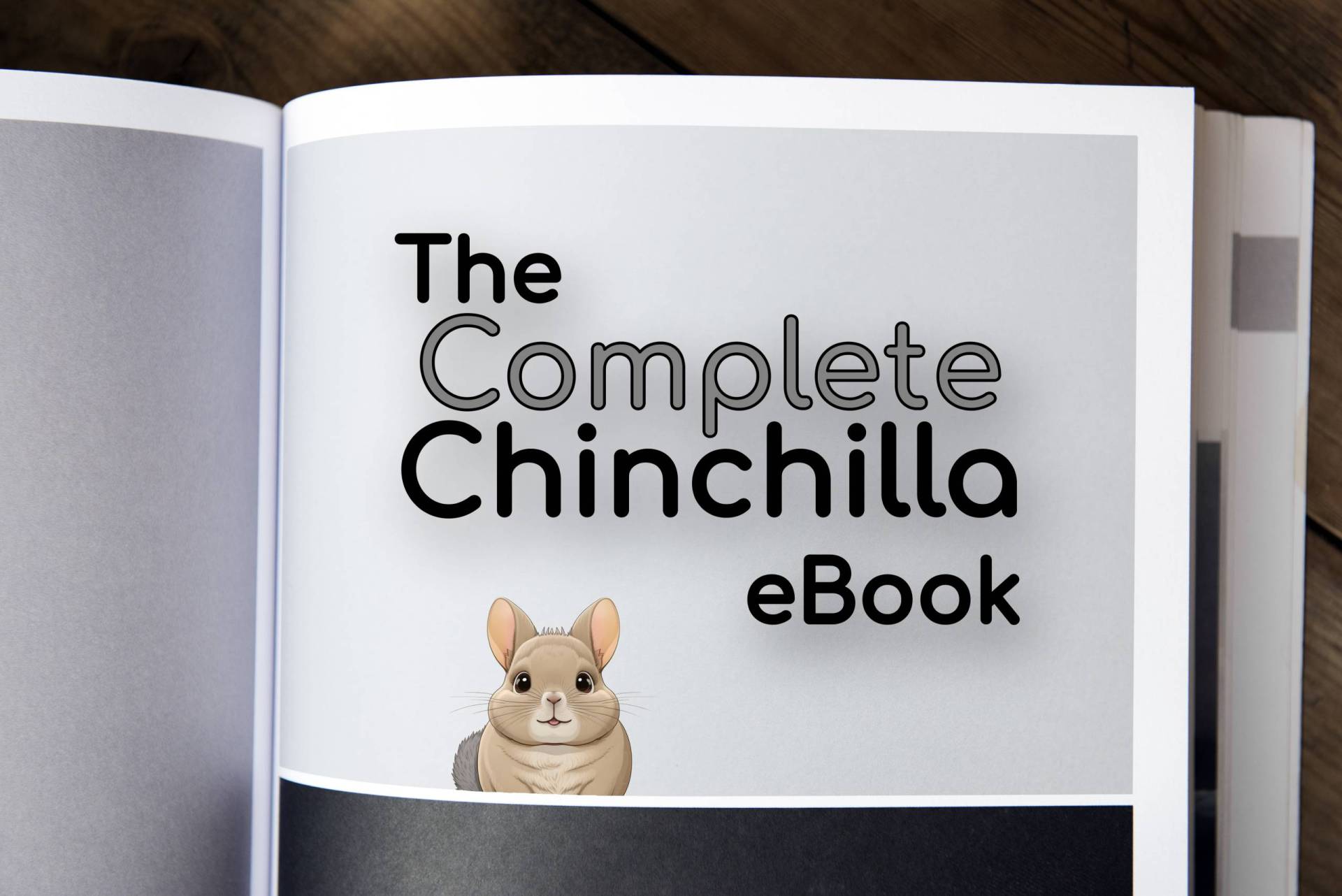As a chinchilla owner, you want to provide the best possible environment for your furry friend. Chinchillas are active, playful creatures that require plenty of space and stimulation to thrive. One way to enhance your chinchilla’s cage is by adding accessories, such as climbing ledges, hammocks, and toys. While there are many options available, one material that is gaining popularity in the chinchilla community is cork. But is cork safe for chinchillas? In this article, we will explore the benefits and potential risks of using cork in your chinchilla’s cage.
What is Cork?
Cork is a natural material that comes from the bark of cork oak trees. It is widely used for a variety of purposes, including wine stoppers, flooring, and insulation. Cork is lightweight, water-resistant, and has excellent insulating properties. It is also durable and easy to clean, making it a popular choice for cage accessories.
Benefits of Cork for Chinchillas
Cork is an attractive material for chinchilla owners for several reasons. First, it is a natural material that is free from harmful chemicals or toxins that could harm your chinchilla. Cork is also a safe and durable material that can withstand the wear and tear of daily use. Chinchillas enjoy chewing and gnawing on objects, and cork is a safe material that will not splinter or break into small pieces that could be ingested.
Another benefit of cork is its texture. Cork is a porous material that provides excellent traction for your chinchilla’s feet. Chinchillas are natural climbers and jumpers, and cork provides a safe and secure surface for them to navigate. Additionally, cork has a slightly rough texture that can help keep your chinchilla’s nails trim, reducing the need for nail clippings.
Cork Accessories for Chinchilla Cages
There are several types of cork accessories that you can add to your chinchilla’s cage. These include cork tunnels, ledges, and hideaways. Cork tunnels are especially popular because they allow your chinchilla to exercise its natural burrowing instincts while providing a safe and cozy place to rest. Cork ledges can be used to create additional levels in your chinchilla’s cage, allowing for more space and opportunities for play. Cork hideaways provide a safe, enclosed space for your chinchilla to retreat when it wants some alone time.
Potential Risks of Cork for Chinchillas
While cork has many benefits for chinchillas, there are also some potential risks to consider. One of the most significant risks is the potential for mold growth. Cork is a porous material, which means it can absorb moisture over time. If not properly cleaned and maintained, cork can become a breeding ground for mold and bacteria, which can be harmful to your chinchilla’s health. To prevent mold growth, it is essential to clean cork accessories regularly and thoroughly dry them after cleaning.
Another potential risk of cork is that it may harbor mites or other parasites. While this is not common, it is important to inspect cork accessories carefully before adding them to your chinchilla’s cage. Look for any signs of insect activity or damage, and avoid using cork that appears to be infested.
Cork may also pose a choking hazard if small pieces are ingested. While cork is a safe material that will not splinter or break into sharp pieces, chinchillas that chew on cork accessories may accidentally swallow small pieces. To prevent this, it is essential to supervise your chinchilla when using cork accessories and to replace them if they become damaged or worn down.
It is also worth noting that some chinchillas may be allergic to cork. If your chinchilla experiences any adverse reactions after being exposed to cork, such as sneezing, wheezing, or difficulty breathing, discontinue use immediately and consult with a veterinarian.
How to Safely Use Cork in Your Chinchilla’s Cage
If you decide to use cork accessories in your chinchilla’s cage, it is essential to take the necessary precautions to ensure your chinchilla’s safety and health. Here are some tips for using cork safely in your chinchilla’s cage:
- Clean Cork Accessories Regularly: Cork can absorb moisture and become a breeding ground for mold and bacteria if not cleaned regularly. To prevent this, clean cork accessories with warm water and a mild soap solution, then thoroughly dry them before returning them to the cage.
- Inspect Cork for Signs of Infestation: Before adding cork accessories to your chinchilla’s cage, carefully inspect them for any signs of insect activity or damage. Avoid using cork that appears to be infested.
- Supervise Your Chinchilla: Chinchillas that chew on cork accessories may accidentally swallow small pieces, which can pose a choking hazard. To prevent this, supervise your chinchilla when using cork accessories and replace them if they become damaged or worn down.
- Consider Alternatives: If you are concerned about the potential risks of using cork in your chinchilla’s cage, there are many other safe and durable materials to choose from. For example, wooden ledges and toys are a popular alternative to cork.
Cork is a natural, durable material that can make a great addition to your chinchilla’s cage. It provides excellent traction for your chinchilla’s feet and can help keep its nails trim. However, there are also potential risks to consider, such as mold growth and the potential for choking hazards. If you decide to use cork accessories in your chinchilla’s cage, it is essential to take the necessary precautions to ensure your chinchilla’s safety and health.
While cork is a popular material for chinchilla accessories, it is not the only option. There are many safe and durable materials available, such as wooden ledges and toys, that can provide your chinchilla with the stimulation and enrichment it needs to thrive. As with any new addition to your chinchilla’s cage, it is important to monitor your chinchilla’s behavior and health to ensure that it is safe and happy in its new environment.

